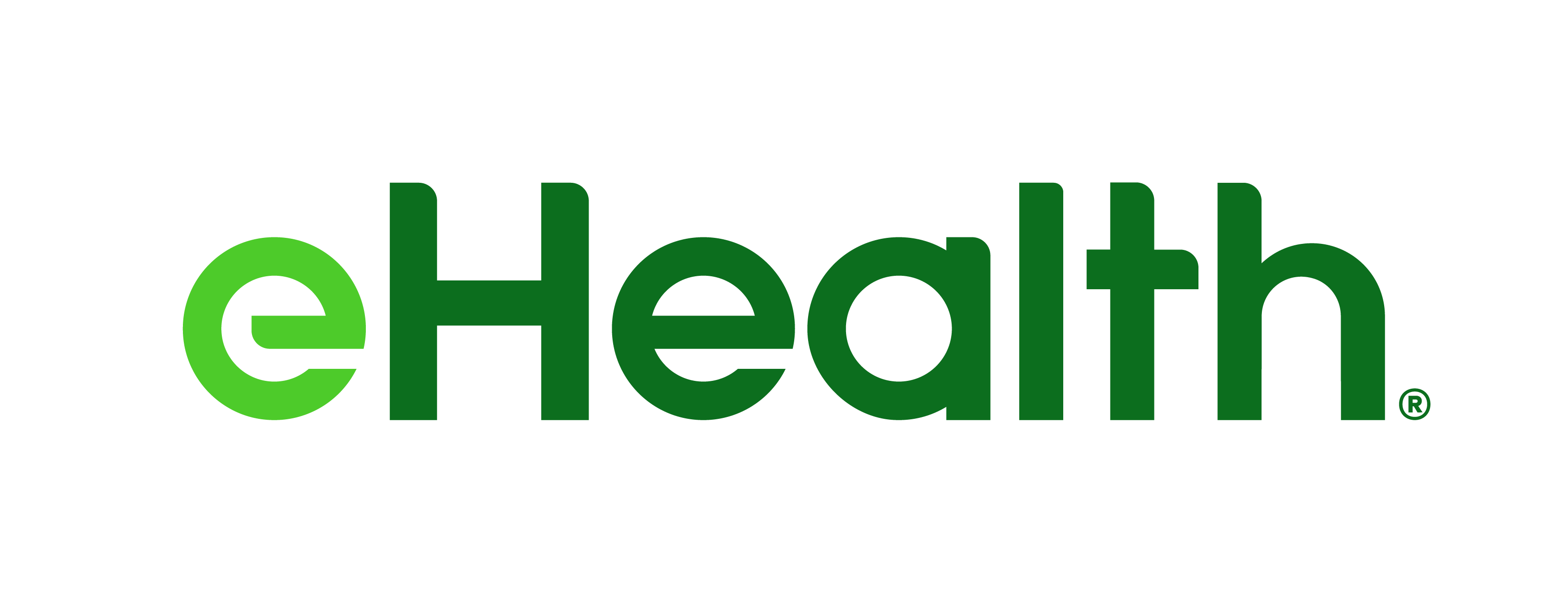Top Ten Vision Insurance Tips: eHealthInsurance Helps Consumers Get the Most From Their Vision Coverage
MOUNTAIN VIEW, CA, Apr 12, 2012 (MARKETWIRE via COMTEX) --Today eHealthInsurance (NASDAQ: EHTH), the leading online source of health insurance for individuals, families and small businesses, released ten tips designed to help consumers find the right vision insurance plan for their needs and get the most from their coverage.
According to a recent eHealthInsurance survey, more than half (58%) of small employers would consider dropping dental and vision coverage for employees in order to save money on health benefits(1). eHealthInsurance's vision insurance tips were prepared for persons accustomed to purchasing coverage on their own as well as for those who may lose their employer-sponsored vision insurance in the future. A broad range of affordable plans is available to consumers in many states.
eHealthInsurance's Top 10 Vision Insurance Tips
1. Understand what you're buying. Vision insurance plans typically cover regular eye exams and contact lenses or glasses. Some may also provide discounts on elective procedures like LASIK surgery. Treatment for conditions like glaucoma, cataracts or macular degeneration is typically covered by major medical health insurance policies, not by vision insurance plans.
2. Don't assume you don't need vision coverage. Visual acuity can change with age and other factors. It's a good idea to see an optometrist at least once per year. It's easy to get approved for vision insurance because it only covers specific services up to specific dollar amounts.
3. Make sure favorite optometrist accepts your insurance and is in-network. It's important to understand the difference between vision care providers who are "in-network" and those who only "accept" your coverage but are not in-network. Out-of-network providers may be willing to submit claims to your vision insurer on your behalf but you may end up with higher out-of-pocket costs.
4. Understand the limits of your coverage. Be aware that unlike medical insurance, vision insurance isn't an open-ended line of coverage. For example, you may only be able to get a regular eye exam once per year and new glasses or contacts once every two years. Vision hardware may only be covered up to specific dollar amounts.
5. Get creative about using your benefits. For example, if your plan covers lenses every year but frames only every two years, you can put new lenses in your old frames during off-years in order to keep a working back-up pair of glasses handy.
6. Use FSA or HSA funds if you have them. Since vision insurance plans don't always cover the full cost of glasses or contacts, consider using funds from your Flexible Spending Account or Health Saving Account (if you have one) to offset those costs with pre-tax dollars.
7. Know the difference between vision insurance and vision "discount" plans. Vision "discount" plans do not provide vision insurance. The discounts they promise may or may not be available through vision care providers in your area. Check with your preferred vision care provider to make sure they accept discount cards before buying one.
8. Be aware of vision insurance contract periods. Know that when you buy a vision plan on your own you may be required to fulfill a one-year contract before you can cancel your coverage.
9. Understand how vision insurance works for children. You must be age 18 or older in order to apply for vision insurance. Parents cannot apply for coverage on behalf of children under age 18 unless the parent is also listed on the same policy.
10. Be aware of how vision coverage works with Medicare. Original Medicare (Parts A and B) does not provide routine vision benefits. However, many Medicare Advantage plans do cover routine vision care. If you don't have a Medicare Advantage plan with routine vision coverage, you may want to purchase a vision plan on your own in the same way that people who don't qualify for Medicare do. Age-related medical conditions of the eye (macular degeneration, cataracts, retinal detachment, etc.) are typically covered under the medical portion of Medicare coverage.(2)
Additional Consumer Resources:
-- Download or request a FREE printed copy of our book, Individual Health
Insurance For Dummies, Health Care Reform Special Edition, produced in
cooperation with For Dummies(R), a branded imprint of Wiley, and
co-authored by eHealthInsurance
-- Follow eHealthInsurance's consumer blog, Get Smart - Get Covered
-- Watch educational health insurance videos from eHealthInsurance on
YouTube
-- Browse our answers to real-life health insurance questions on Yahoo
Answers
-- Follow eHealthInsurance on Facebook and Twitter
Notes
(1) Small Employer Health Insurance Survey: eHealthInsurance.com, March 20, 2012 (http://news.ehealthinsurance.com/pr/ehi/document/Small_Employer_Health_Insurance_Survey_2012.pdf)
(2) Medicare has neither reviewed nor endorsed this information.
About eHealth
eHealth, Inc. (NASDAQ: EHTH) is the parent company of eHealthInsurance, the nation's leading online source of health insurance for individuals, families and small businesses. Through the company's website, www.eHealthInsurance.com, consumers can get quotes from leading health insurance carriers, compare plans side by side, and apply for and purchase health insurance. eHealthInsurance offers thousands of individual, family and small business health plans underwritten by more than 180 of the nation's leading health insurance companies. eHealthInsurance is licensed to sell health insurance in all 50 states and the District of Columbia, making it the ideal model of a successful, high-functioning health insurance exchange. Through the company's eHealthTechnology solution (www.eHealthTechnology.com), eHealth is also a leading provider of health insurance exchange technology. eHealthTechnology's exchange platform provides a suite of hosted e-commerce solutions that enable health plan providers, resellers and government entities to market and distribute products online. eHealth, Inc. also provides powerful online and pharmacy-based tools to help seniors navigate Medicare health insurance options, choose the right plan and enroll in select plans online through its wholly-owned subsidiary, PlanPrescriber.com (www.planprescriber.com) and through its Medicare website www.eHealthMedicare.com.
For more health insurance news and information, visit the eHealthInsurance consumer blog: Get Smart - Get Covered.
For media inquiries, please contact: Sande Drew eHealth, Inc. (916) 207-7674 sande.drew@ehealth.com Kris Kraves Cogenta Communications (805) 527-7733 - direct kris@cogentacom.com
SOURCE: eHealthInsurance
